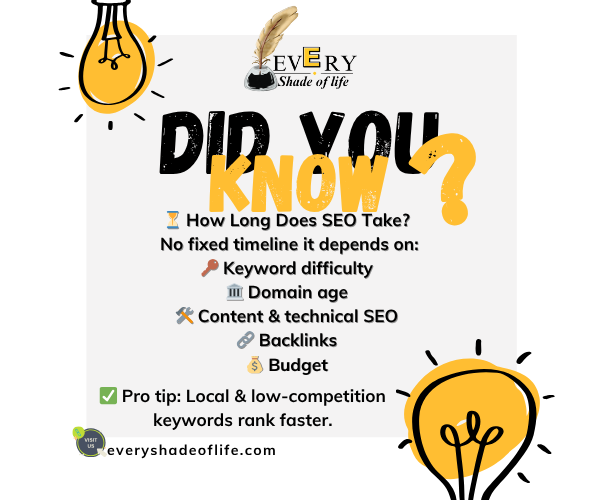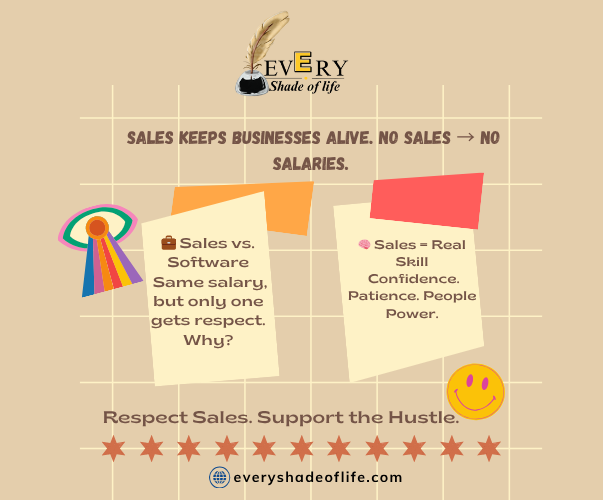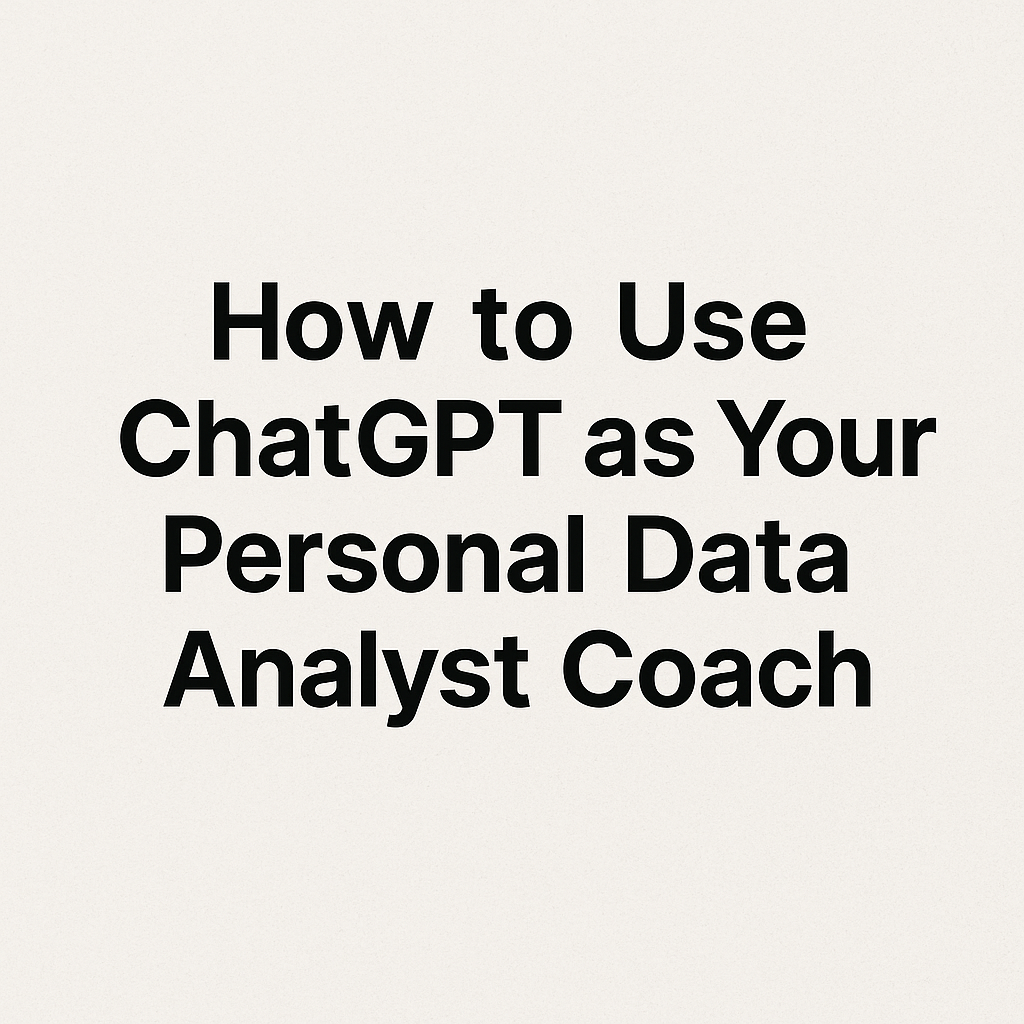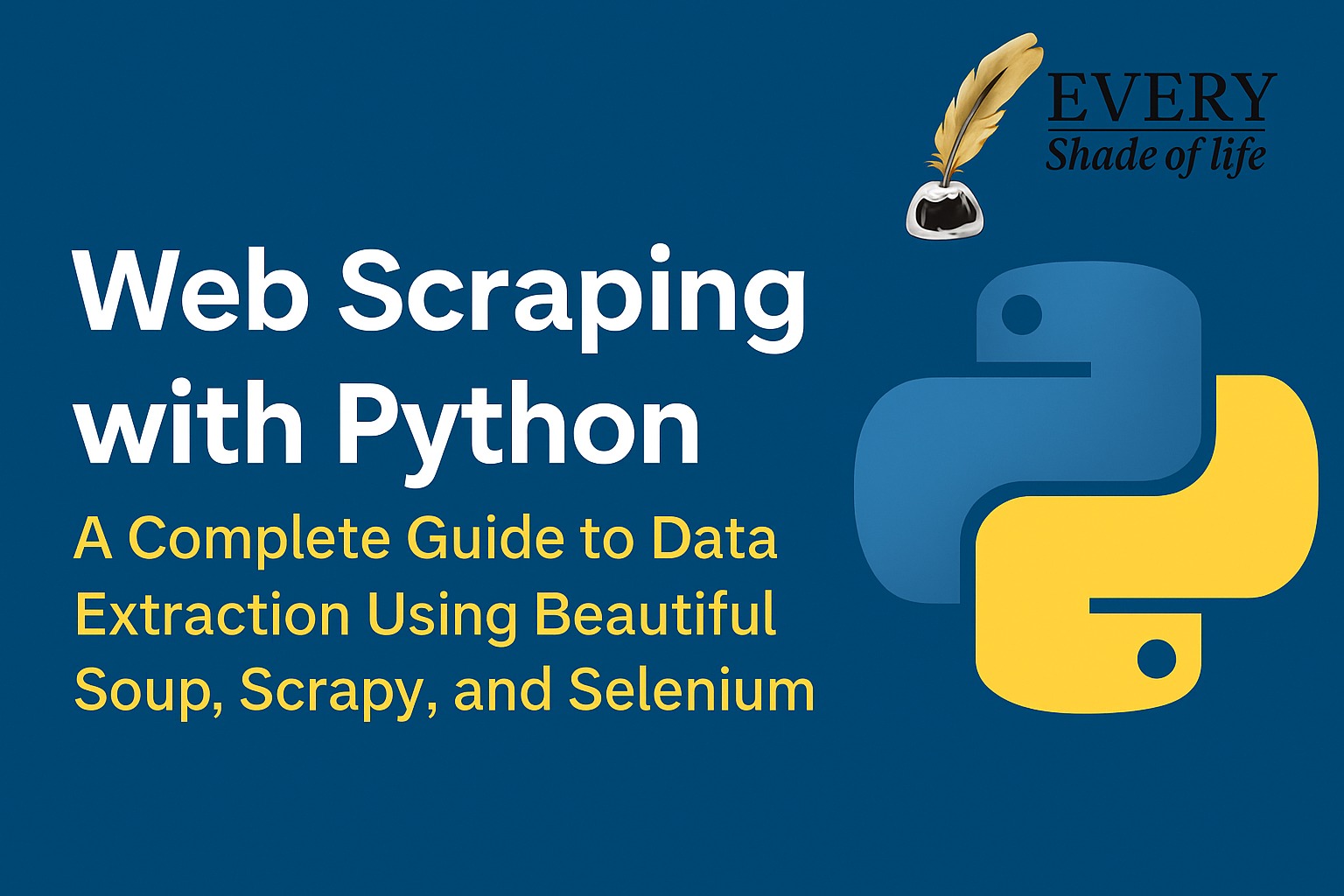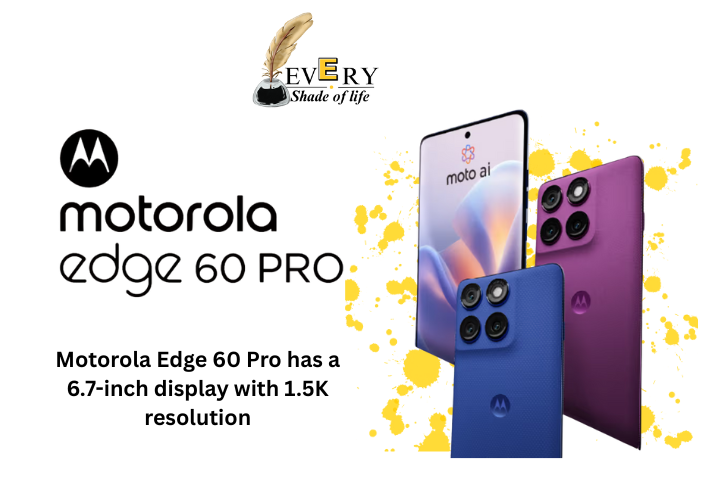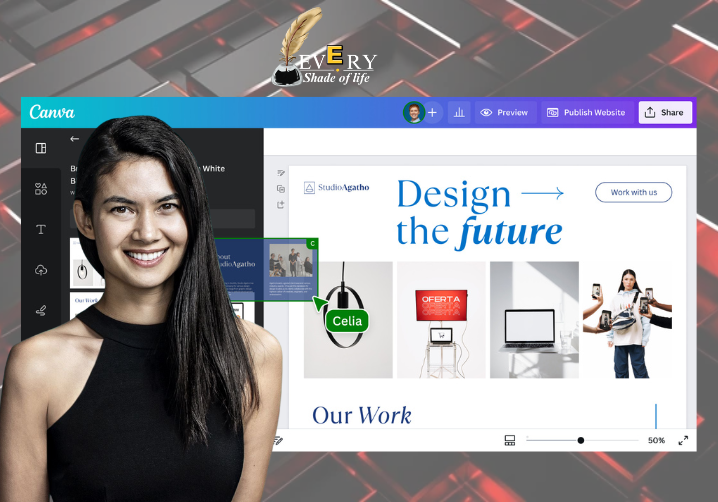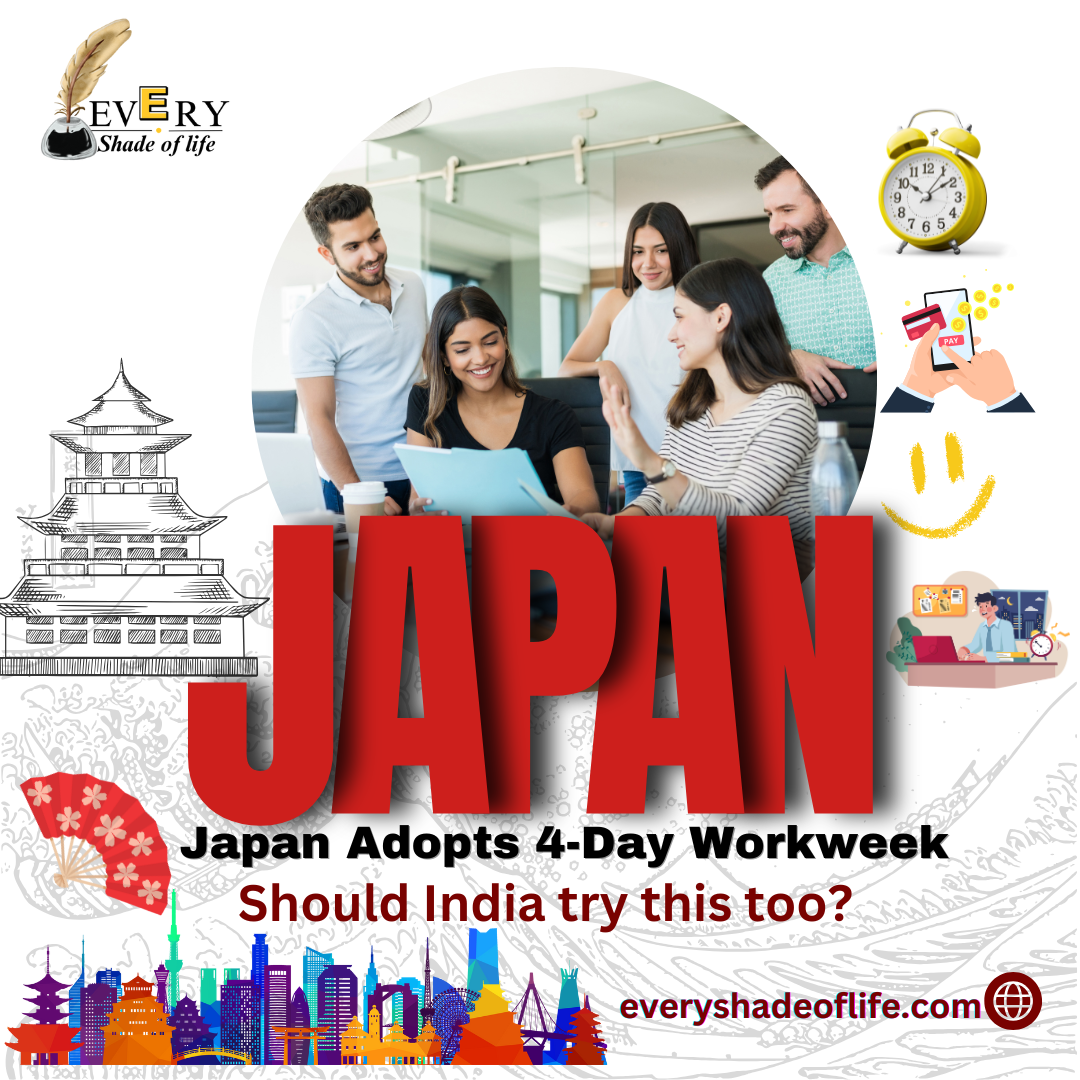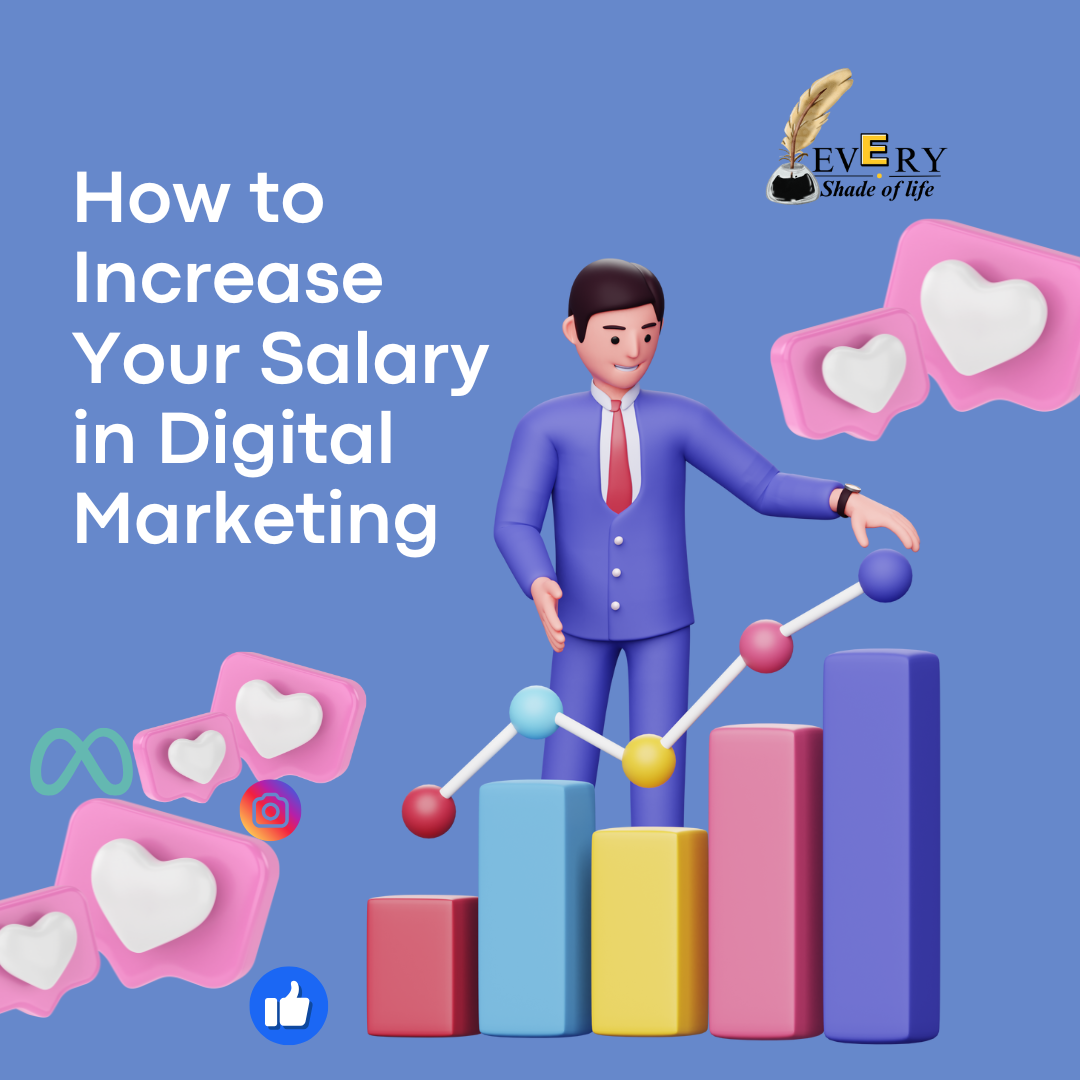The digital advertising landscape is undergoing a massive transformation, particularly within the Meta (formerly Facebook) ecosystem. As we head into 2025 and beyond, traditional approaches to scaling through audience-based targeting are becoming less effective. The reason? Audience overlap and data saturation are making interest and behavior-based segmentation increasingly unreliable.
In response, advertisers are embracing a new mantra: “Creative is the new targeting.” With Meta’s ever-advancing algorithms, it’s no longer about who you target it’s about what you show them. Let’s dive into the major shifts reshaping Meta Ads and how marketers can adapt to stay ahead.
Why Audience-Based Targeting is Fading
Interest-based and behavior-driven targeting used to be the cornerstone of Facebook Ads. However, advertisers are now facing audience overlap, where the same users appear across multiple ad sets, and saturation, where those users are bombarded with the same messages. This redundancy lowers performance and limits the ability to scale.
Meta’s algorithm already has robust internal data it doesn’t need help finding people. What it can’t do is generate compelling creative content. That’s now your job.
Creative is the New Targeting
Meta’s platform has evolved to do the heavy lifting in terms of optimization and delivery. But this power is unlocked only when paired with high-quality, diverse creatives.
Advertisers should now be focusing on:
- Testing multiple creative angles and formats.
- Prioritizing storytelling and relevance.
- Matching creative messaging to various stages of the buyer journey.
Campaign success hinges more on how you communicate rather than whom you target.
The Attribution Imperative
Attribution assigning credit to the right ad is another area that’s become increasingly complex. Cross-browser tracking limitations, iOS restrictions, and privacy updates all contribute to measurement gaps.
Advertisers need to:
- Use proper attribution windows (e.g., 7-day click, 1-day view).
- Aim for at least 90% attribution accuracy to give Meta’s machine learning enough data to optimize effectively.
- Leverage tools like UTM parameters and offline conversion imports to get a complete picture.
Without accurate attribution, even the best creative won’t get the optimization it deserves.
The Decline of Meta Pixel and Rise of Conversion API Gateways
The traditional Meta Pixel is on the way out.
Due to browser privacy changes and tracking prevention tools, server-side tracking solutions like Meta’s Conversion API (CAPI) and Conversion API Gateways are taking center stage. These tools are:
- More resilient to data loss.
- Better at capturing full-funnel events.
- Essential for reliable conversion tracking.
Server-side Google Tag Manager setups and direct CRM/API integrations are quickly becoming the standard.
The Rise of Conversational Ads
Expect click-to-message ads and chat-based experiences on WhatsApp and Messenger to become more dominant.
Why? Because they offer:
- Lower-friction paths to purchase.
- Real-time engagement and product discovery.
- Better conversion rates, especially on mobile.
Brands that integrate messaging with automation and human support will gain a competitive edge.
First-Party Data is the New Gold
As third-party data continues to fade, first-party data is emerging as a core asset.
Integrating CRM and CDP systems with Meta allows advertisers to:
- Send richer, real-time signals back to Meta (e.g., lead scores, purchase history).
- Build hyper-relevant custom audiences.
- Optimize campaigns with better segmentation and performance data.
This is especially impactful for advertisers running medium to large-scale operations, where data volume and complexity are higher.
Creator Collaborations and Scalable UGC
Consumers want authenticity. Enter user-generated content (UGC) and creator-brand partnerships.
Collaborating with creators enables brands to:
- Generate native, trustworthy content that performs well in-feed.
- Scale faster without relying solely on in-house production.
- Tap into the creator’s audience for extended reach.
This model is not only cost-effective but also algorithm-friendly.
Final Thoughts
Meta Ads are entering a new era one driven less by demographic targeting and more by creative strength, data integration, and technological adaptation. Advertisers who continue to rely solely on audience testing will fall behind, while those who invest in compelling creative, attribution accuracy, first-party data, and server-side tracking will thrive.
The future is clear: Creativity, not audience segmentation, is your most powerful targeting tool. Marketers who embrace this shift will be better positioned to scale efficiently and effectively in 2025 and beyond.



